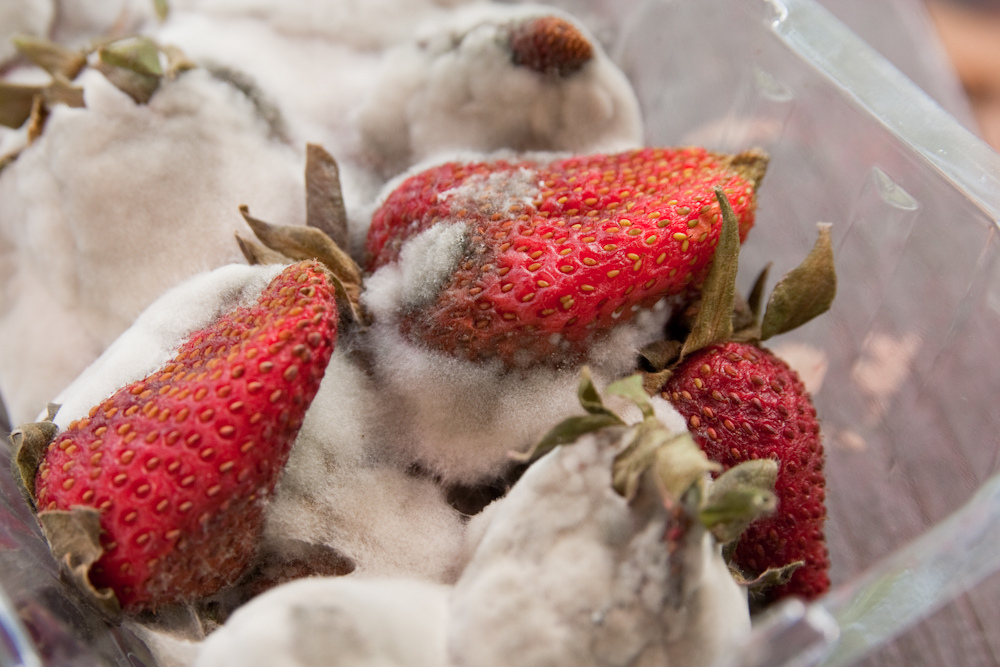Have you told your friends recently you had the “plague”? What about a nose that drips like a leaky sink, or a head so congested it’s like wearing a brick for a hat? These common winter sicknesses might not be inevitable as you think.
Nasal stuffiness, eye irritation, wheezing, or skin irritation are not just basic old cold symptoms, they’re symptoms from contact with mold. Yes, mold. What you thought was a common cold could actually be from mold growing in areas around your dorm or house.
Mold can be found anywhere and can grow on virtually any substance if moisture is present. The scary part is that often times these easily accumulating furry friends might not be able to be seen, depending on where they’re hiding out.

Photo courtesy of flickr.com
Um, you could be eating mold, too. It commonly grows on bread, cured meats, and fruits like strawberries and peaches. Oh, but it doesn’t stop there. Why just eat mold when you could drink mold. Common place for mold to chill and grow? That genius coffeemaker you got for graduation from your great aunt, Millie. Hate to say it, but your Keurig could be harboring tons of little mold friends.
Your coffee can be the cause of your runny nose, wheezing, etc. Scary. Keurig’s main tanks actually can’t be drained, causing loads of moisture that can eventually lead to mold. Especially after sitting untouched over the long winter break…

Photo by Lauryn Lahr
Don’t worry though, Spoon has come up with a few steps to get you back to health if your Keurig or coffeemaker is the real issue:
- Check below the drip tray, or the rubber ring of the external water container to see if mold is present, if so make sure to do an extra special cleaning.
- Wipe the inside out with a rag to get rid of any gross particles hanging around.
- Clean the needle.
- Then run the machine a few times to get rid of the old water.
Now you should be safe to drink as many chai teas as your heart desires. Or, you could just pretend you never read this, live in bliss and adopt the “what doesn’t kill you only makes you stronger” mantra.
Get more on coffeemakers harvesting mold:


